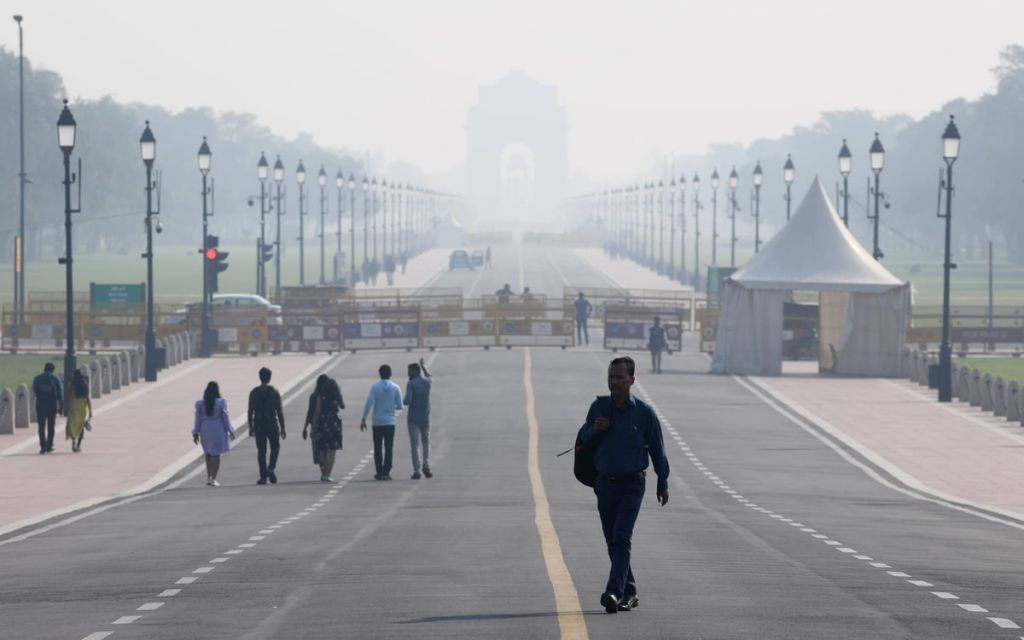
Delhi's air quality has improved slightly, but still remains worrisome. Early Saturday in Delhi, the Air Quality Index (AQI) was measured at 237, indicating a slight decrease from Friday's AQI of 283. Despite the progress, specific locations such as ITI Jahangirpuri still experience elevated pollution levels, indicated by AQI readings of 265. Officials caution that pollution levels may escalate as Diwali approaches and could become dangerous in the upcoming days.
Residents in Delhi are eagerly expecting cooler temperatures as the weather patterns change. Even as October comes to a close, the weather continues to be warm, with mild heat lingering in the mornings and evenings. The IMD predicts a drop in temperatures on October 30-31, with Saturday's highest and lowest temperatures anticipated to reach 33°C and 19°C. The weather in Delhi could be affected by the cyclonic storm Dana in the upcoming weekend.
Rainfall Warning : 26th and 27th October 2024
— India Meteorological Department (@Indiametdept) October 25, 2024
वर्षा की चेतावनी : 26th और 27th अक्टूबर 2024 #rainfallwarning #IMDWeatherUpdate #stayalert #staysafe #kerala #odisha #westbengal #TamilNadu @moesgoi @ndmaindia @DDNational @airnewsalerts @KeralaSDMA @osdmaodisha @wbdmcd… pic.twitter.com/uHtLTk3yVB
The changing weather conditions, along with high pollution levels, are causing health problems for people living in Delhi. Parts of the city are covered by smog, which is filling the air with harmful pollutants and leading to respiratory problems. Hospitals are seeing a rise in the number of patients with respiratory ailments like common colds, coughs, and influenza. In order to reduce pollution, authorities in Delhi have enacted the second phase of the Graded Response Action Plan (GRAP), leading to a decrease in air quality levels, particularly in places like Anand Vihar, where the AQI decreased to 246 from previous levels frequently reaching 300 to 400.
IMD expects lower temperatures in the upcoming weeks after Cyclone Dana, leading to a gradual decrease in temperature. It is anticipated that mild winter weather will begin in November, with colder nights following Diwali and Chhath. By mid-November, harsh winter temperatures are predicted, prompting residents to switch to winter attire and thicker blankets as the season advances.